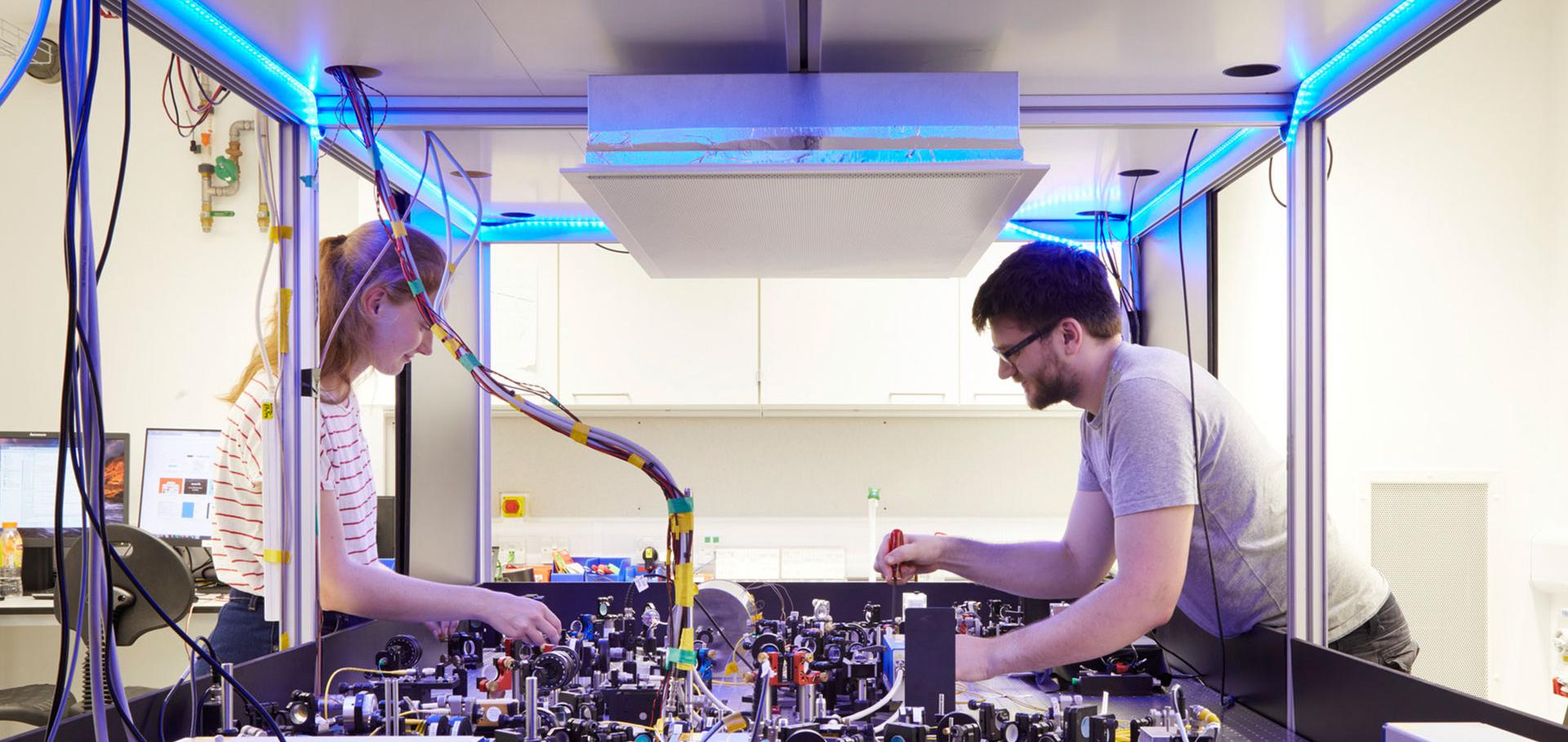The Development of Quantum Hardware for Quantum Computing
Chapter in Disappearing Architecture, De Gruyter (2005) 62-76
Single Atom Transistor in a 1D Optical Lattice
Physical Review Letters American Physical Society (APS) 93:14 (2004) 140408
A Single Atom Transistor in a 1D Optical Lattice
(2004)
Time-dependent density-matrix renormalization-group using adaptive effective Hilbert spaces
Journal of Statistical Mechanics Theory and Experiment IOP Publishing 2004:04 (2004) p04005
Time-dependent density-matrix renormalization-group using adaptive effective Hilbert spaces
(2004)


